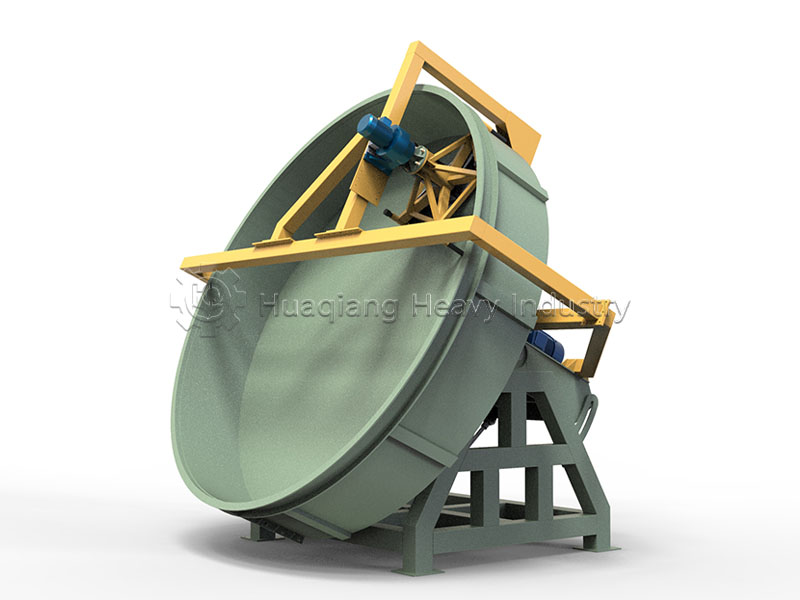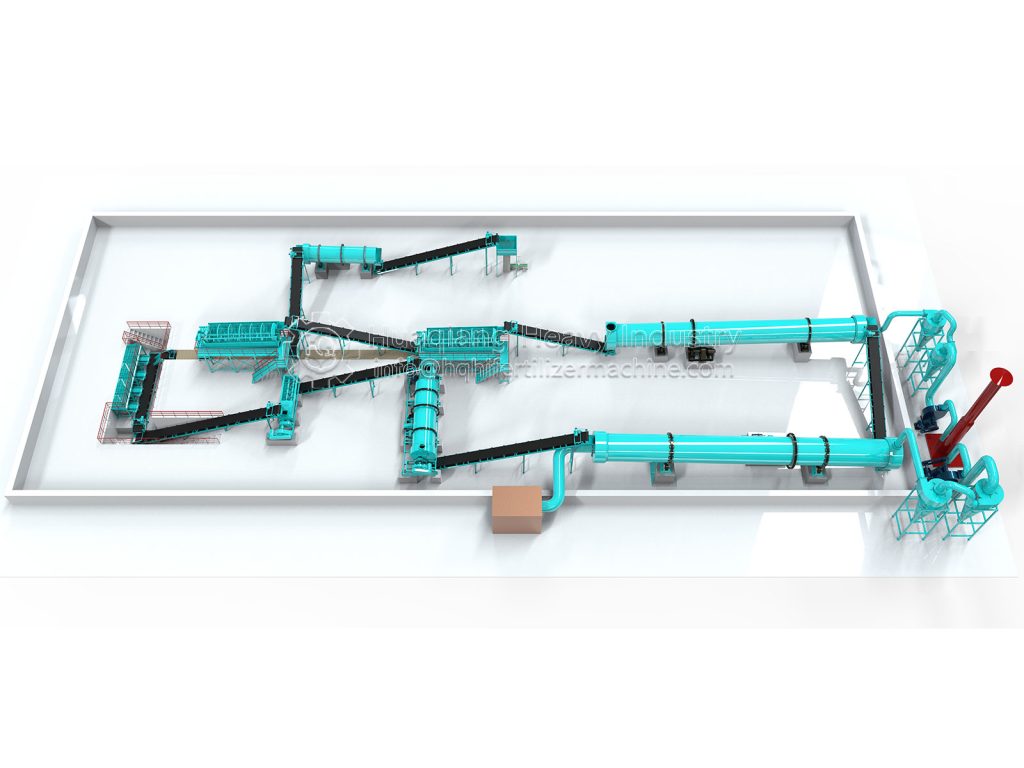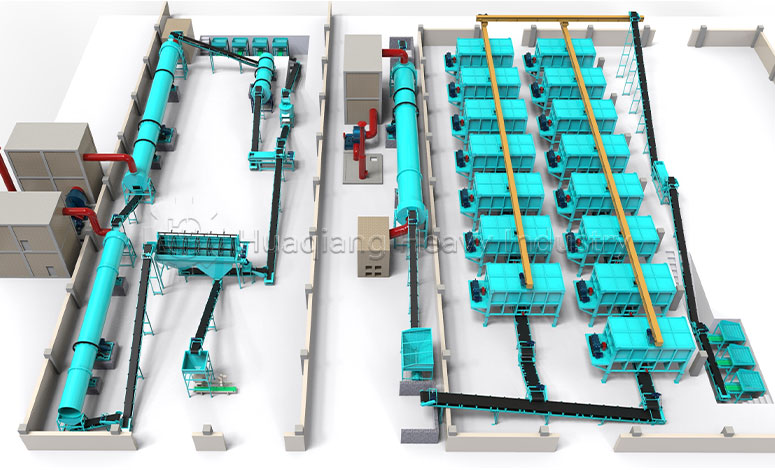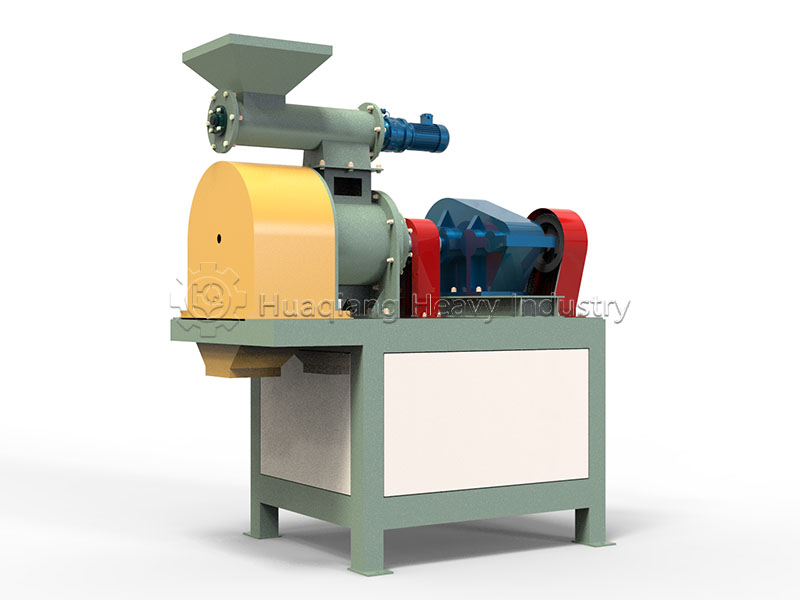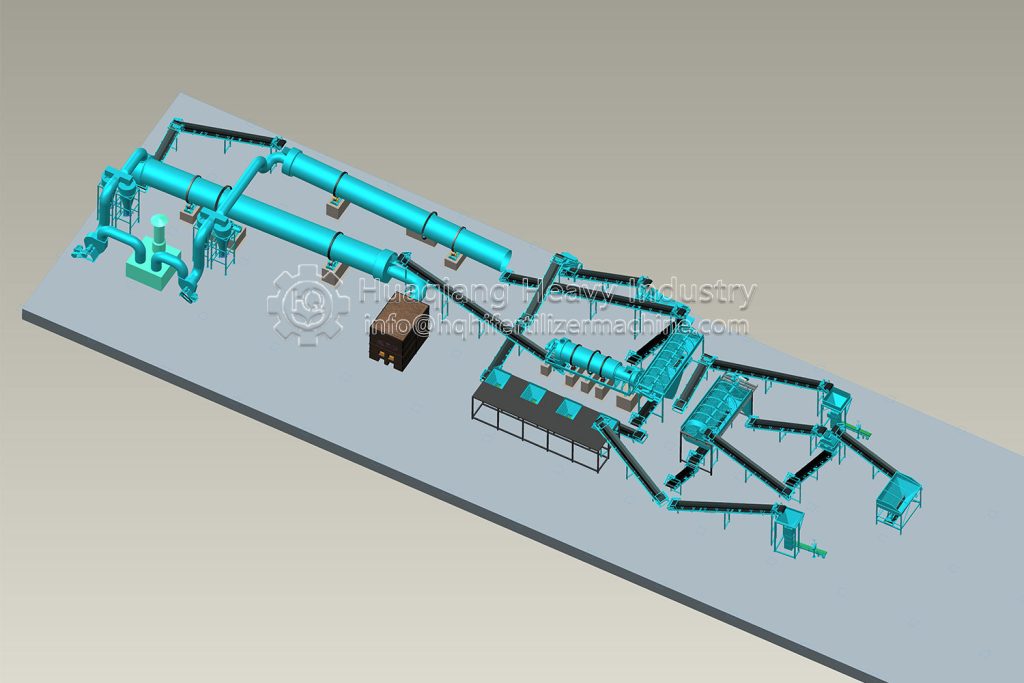Disc granulator: Using centrifugal force as its core, it achieves perfectly uniform granules.
An Elegant Innovation in Granulation Technology
Among various granulation equipment, the disc granulator stands out with its unique working principle and elegant granulation process. When the rotating disc begins to spin, a magical transformation from loose powder to perfect spheres unfolds. This equipment not only produces regularly shaped, uniformly sized spherical particles but, more importantly, endows materials with better flowability and performance characteristics.
Wide Range of Applications
The versatility of disc granulators makes them shine in numerous industrial fields, serving as valuable assistants in enhancing product value.
Fertilizer Industry
Spherical granulation of various fertilizers including compound fertilizers, organic fertilizers, and slow-release fertilizers to enhance fertilizer efficiency and application convenience
Chemical Industry
Precision granulation of chemical products such as catalysts, dyes, and pigments to optimize product performance
Pharmaceutical Industry
Spherical granulation of tablet and capsule intermediates to ensure drug quality and stability
Food Industry
Granulation processing of products like food additives and seasonings to improve product quality
Environmental Protection
Environmental applications including sludge treatment and waste resource utilization to promote sustainable development
Precision Structure: Six Core Systems
The outstanding performance of disc granulators stems from their six meticulously designed core components, each playing an indispensable role.
Disc Body
The rotating disc is the core of the granulation process, manufactured from wear-resistant materials to ensure long-term stable operation
Drive System
Precise coordination of motor, reducer, and transmission devices provides smooth power for disc rotation
Feeding System
Evenly distributes materials to the disc center through feeding ports, ensuring consistency in the granulation process
Spray System
Precisely sprays liquid binders to promote particle formation and solidification, enhancing finished product quality
Tilt Adjustment Device
Flexibly adjusts disc inclination angle to control material movement trajectory and granulation effect
Discharge System
Located at the disc edge, efficiently discharges finished particles to ensure continuous production
The Beauty of Process: The Magic of Centrifugal Force
The working principle of disc granulator units resembles a carefully choreographed dance within the broader fertilizer granulation processes. When materials are fed into the disc center, they begin moving toward the periphery under centrifugal force. During this process, fine powder particles collide and combine, gradually aggregating into spheres. The disc granulator’s tilt angle and rotation speed can be precisely adjusted, creating optimal movement trajectories for materials.
This fertilizer processing machine demonstrates remarkable versatility across different production setups. While the double roller press granulator employs compaction technology for specific formulations, the disc granulation production line excels in creating uniform spherical particles. In complete fertilizer systems, from organic fertilizer production line to sophisticated npk fertilizer production line, these fertilizer granulator machines work in harmony with other equipment like npk blending machine and windrow composting machine to create comprehensive solutions.
The resulting spherical particles offer excellent flowability and uniformity. In the npk fertilizer line, spherical fertilizers enable even distribution, while in bio organic fertilizer production line systems, they ensure consistent nutrient release. The integration of windrow machine technology for initial processing, followed by precision granulation, creates efficient production circuits that transform raw materials into high-value fertilizer products through sophisticated mechanical processes.
